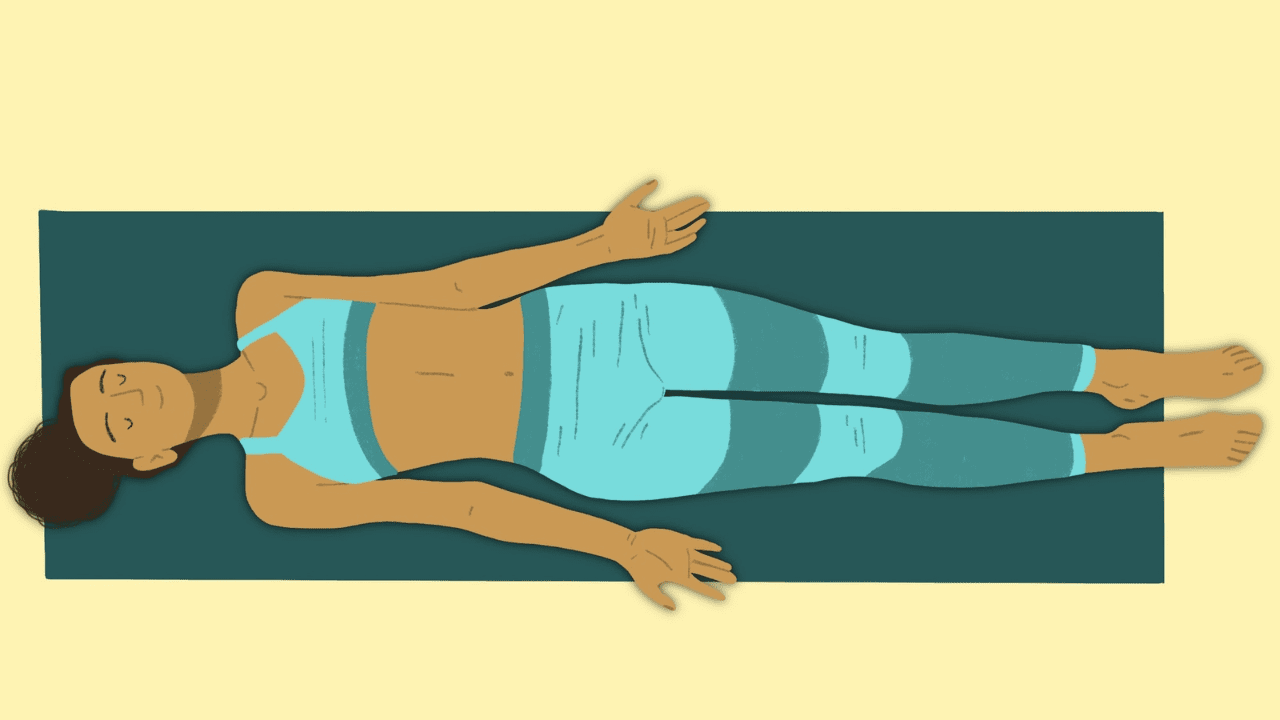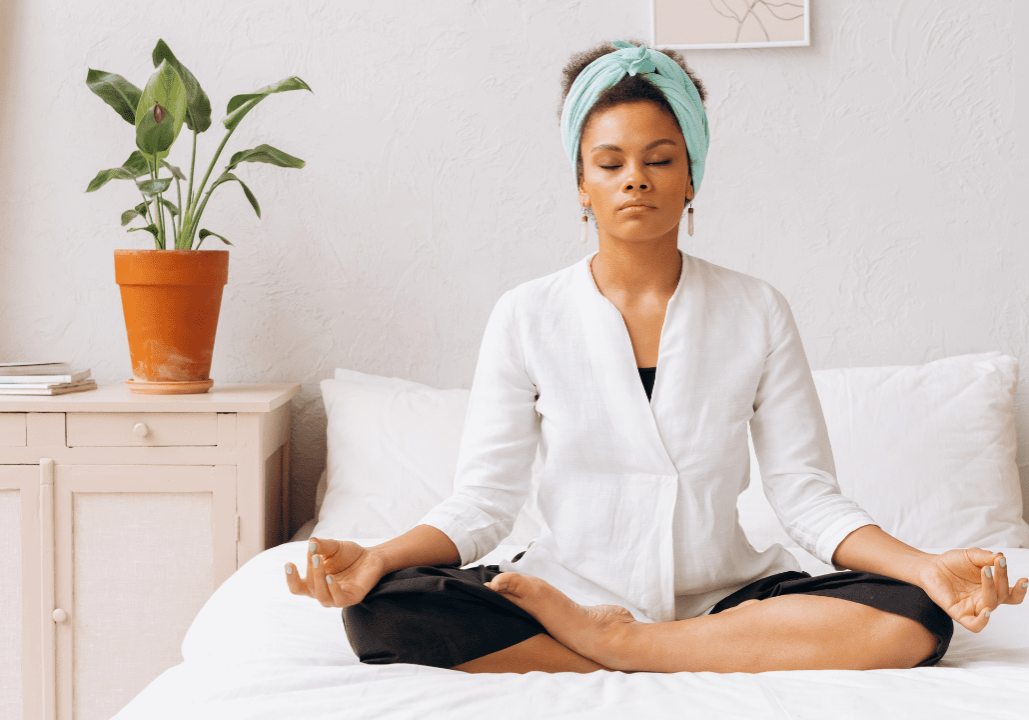
Body scan meditation
What it is, and how it can improve your life. By Chelsea Westman
Body scan meditation is a specific form of mindfulness meditation. It has a stronger focus on the physical body. This technique isn’t about emptying your mind of racing thoughts through focus and breathwork. This is about mindfully concentrating on bodily sensations.
There are many different kinds of meditation out there and some are definitely easier to try by yourself than others. This is one of them. A full-body scan done using yogic meditation principles is really accessible. It’s a positive, calming practice and doesn’t require a guide. It can even help you pinpoint ailments before they become a bigger medical issue!
Body scans are a great way to get into meditation without feeling intimidated or discouraged. The technique has been proven to help many people better manage stress, anxiety, insomnia and chronic pain.
Why? Because body scan meditation helps you get rid of tension in the body you might not even be aware of. By repeating the practice daily, or as often as you can, you will come to understand your body better, accept it and nurture it.
How to do body scan meditation
Step 1: Choose your spot
A basic principle of many forms of meditation is to choose a specific spot where you feel comfortable and at ease. By returning to the same spot every time you do your body scan, you send signals to the brain to 'get into the meditation zone'.
That said, the great thing about body scan meditation is that you can do it anywhere and as needed. After you’ve done it a few times in that sweet spot you’ve chosen, feel free to apply the same principles whenever you need it and wherever you are!
Step 2: Shoes off, scan mode on
Set aside enough time to relax and forget about your to-do list, even if it’s only 10-15 minutes. Make sure you don’t need the bathroom or a drink of water. Kick off your shoes or slippers and sit down on a floor mat, chair, sofa or wherever feels right to you. You can also lie down on your yoga mat or a bed if that feels right.
Once you’re settled, it’s time to begin. Breathe in!
Step 3: Toe by toe, let's go
A body scan happens in stages. It is a slow, steady and incremental process. You will systematically concentrate on different body parts and try to sense if there’s any discomfort anywhere in your system as you go along. Any pain? Bree-ea-athe into it.
If you have a good 30-45 minutes, you can concentrate in greater detail on smaller areas, like fingers, toes, ears and eyelids as you go. If you’re short on time, just work from your feet up to the top of your head, section by section. Check how each foot, leg, the buttocks, pelvic area, stomach, chest, arms, neck and head are feeling.
There aren’t really rules about working top-down or bottom-up. Just choose a direction and go with the flow. Keep breathing slowly in and out as you go. Wriggle, shuffle, roll or stretch too if you need to. This doesn’t have to be a static process. It just needs to be conscious and mindful.
Questions to ask yourself are:
- Is this body part relaxed or tense? Why?
- Is anything spasming or tingling or vibrating or aching?
- Which areas of my body feel good and strong?
- Does it hurt anywhere when I breathe in or out?
- How are my energy levels?


Step 4: Don't be surprised if you get emotional
Body scan meditation helps us to focus and concentrate our minds on one thing at a time. This is called being mindful. It also helps us reconnect with our bodies. It’s something we seldom do in modern life because we’re usually just too busy rushing around.
You may find that connecting with your body, especially if you feel some pain, discomfort or vulnerability, may affect you emotionally. This is completely normal.
In meditation, you do not judge your thoughts, feelings or emotions. Instead, you simply acknowledge them. You witness what’s happening inside you. There is no wrong or right here. There’s just stuff going on, and that’s perfectly okay!
Step 5: Wandering mind? No problem
We live in a quick-fix, small-sound-bytes-at-a-time, scan-social-media-pages-in-nano-seconds kind of world. We’re not always used to deep concentration. So if you find your mind wandering, just pull yourself back into the scanning process and carry on. The best way to bring back your focus is to concentrate on a specific body part again.
Don’t feel guilty or discouraged when you lose concentration. A wandering mind during meditation is very normal. It takes dedication and practice to stay in the zone, so be gentle with yourself.
Key take-aways from body scan meditation
- You will get your mind and body more in tune with one another.
- You can pinpoint areas where you’re carrying more tension.
- You can breathe into these areas and perhaps stretch or massage them after your scan.
- You can reduce stress and anxiety by forgetting about your problems for a short time.
- You can relax your muscles and oxygenate them better through deep breathing.
- You can develop the ability to focus on one thing at a time, instead of having too many tabs open at once.
- You may be able to learn how to reduce irrational cravings that have an emotional source, such as those for high-calorie snacks, cigarettes or alcohol
- You will learn how to treat yourself with greater compassion and tenderness.
Why not give it a try and see how you go? A body scan meditation is for everyone, on their own terms. Set yours, and don’t forget to have fun! It’s not all about being serious. It’s just about being present and connected.







